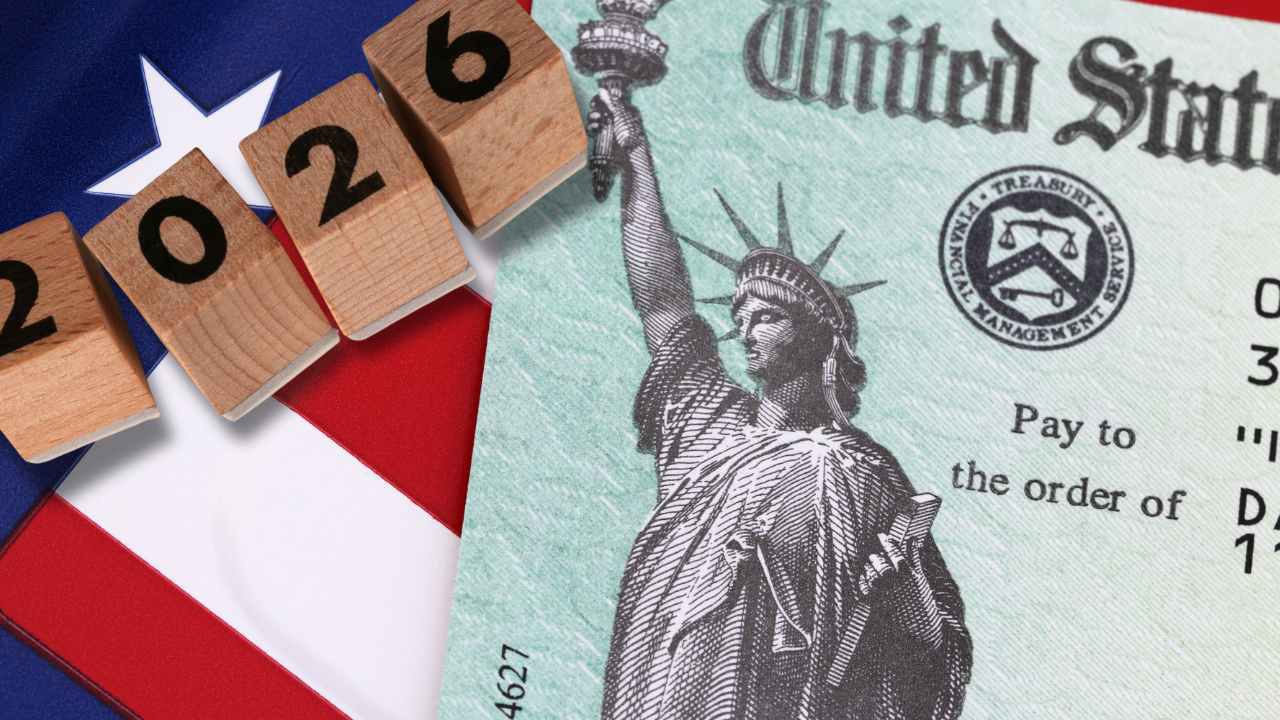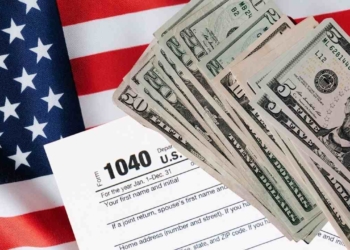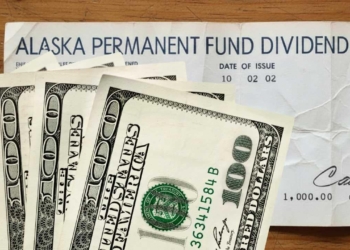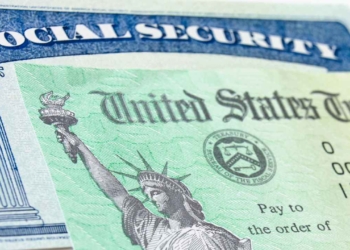The Internal Revenue Service (IRS) implemented automatic inflation adjustments applicable to tax year 2025, with filings occurring during the 2026 season. The standard deduction increased to $15,000 for single filers and $30,000 for married couples filing jointly.
Simultaneously, updates were made to income tax brackets, Alternative Minimum Tax (AMT) exemption thresholds, and Earned Income Tax Credit (EITC) parameters. These modifications, based on legally mandated formulas tied to the consumer price index, have the potential effect of lowering the taxpayer’s final tax liability.
All together, this new scenario could result in higher tax refunds or a reduced payment due at filing time. Let’s take a closer yet easy-to-get overview of what we could expect next year.
Bigger tax refunds in 2025? Here’s what the IRS explains
Additionally, the enactment of the “One Big Beautiful Bill” (OBBB) legislation introduced multiple substantial changes to the U.S. tax system. One notable provision raises the cap on the state and local tax (SALT) deduction from $10,000 to $40,000 for joint filers, or $20,000 for individual taxpayers.
This change holds particular significance for residents in jurisdictions with high local tax burdens. The law also establishes specific deductions for certain types of wage income: up to $25,000 for tip income and up to $12,500 for overtime pay, subject to defined income limits.
The Child Tax Credit (CTC) expands from $2,000 to $2,200 per qualifying child. This increase represents a direct boost to the potential tax refund for households with dependent children. For taxpayers over age 65, the OBBB law creates a temporary additional deduction reaching up to $6,000, designed to further reduce their taxable income.
Another new provision includes an interest deduction tied to loans for vehicles assembled within the United States, capped at $10,000.
So yes, the IRS could send bigger tax refunds in 2026
The IRS has confirmed that, despite these regulatory changes, no modifications will occur to federal income tax withholding tables or the design of core forms like W-2 or 1099-NEC for tax year 2025. This decision implies that amounts withheld from wages throughout the year will remain at levels similar to prior periods.
The combination of steady withholding with expanded deductions and increased credits at filing time creates a scenario favorable for more taxpayers experiencing larger refunds when submitting their 2026 returns. Sources like RB News reported this administrative approach.
Preliminary data from the 2025 tax season already indicates an upward movement in average refund amounts. Reports state the average refund reached approximately $2,945, representing a 3.3% increase compared to the prior tax year.
This initial growth is attributed, at least partly, to the application of automatic inflation adjustments to basic deductions. The observed trend suggests a positive direction that could be reinforced or even accelerated during the 2026 filing season, when benefits introduced by the OBBB Law begin to fully manifest in filed returns. The Sun disseminated these figures.
Concurrently, a tax reform proposal advanced by House Republicans is under discussion. The draft includes additional measures that, if approved, could further increase potential refunds. These encompass a broader Child Tax Credit expansion, a not-that-bad $4,000 specific deduction for filers over 65, the formalization of deductions for overtime and tips, and the creation of specialized children’s savings accounts, styled as “MAGA” type plans.
Parts of this proposal could take effect within the current year, directly impacting the 2026 refund season. Politico.com detailed the legislative initiative’s content.







